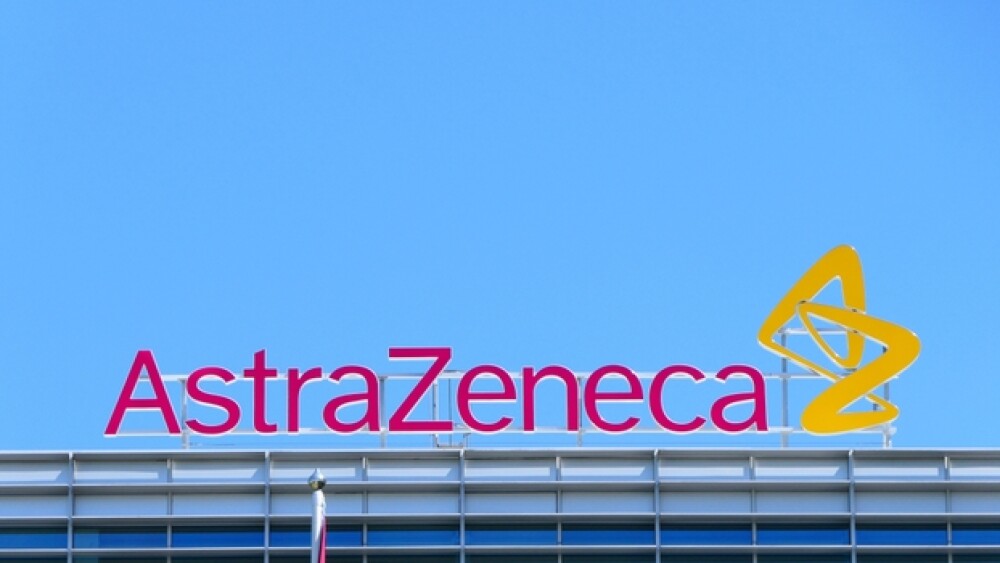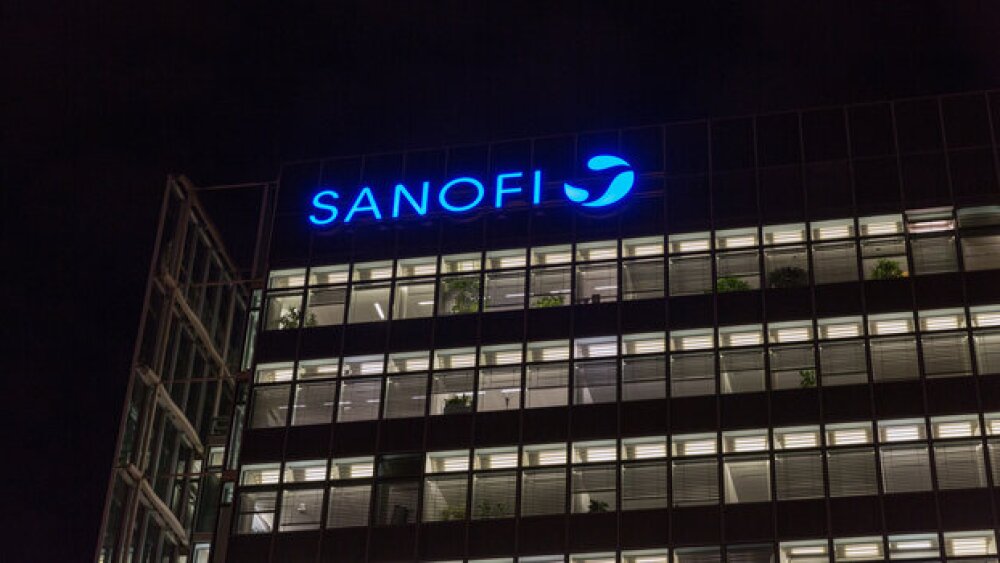The two companies are already looking at the coming year and seeing the potential for their experimental treatment ofATTR, Eplontersen, formerly known as IONIS-TTR-L.
Alexanderstock23/Shutterstock
AstraZeneca and Ionis Pharmaceuticals are already looking at the coming year and seeing the potential for their experimental treatment of transthyretin amyloidosis (ATTR), Eplontersen, which was formerly known as IONIS-TTR-L.
The two companies are closing out December with the finalization of their collaboration on the development and potential commercialization of eplontersen, which is designed to reduce the production of transthyretin, or TTR protein, in order to treat ATTR, a fatal disease. Transthyretin amyloidosis is caused due to the misfolding of the TTR protein, which causes protein deposits to form within tissues and organs.
Symptoms associated with ATTR are similar to those in other diseases, which has made identification difficult in some patient populations, mainly due to the genetic variations of the disease. ATTR is typically fatal within 10 years after the onset of symptoms.
Eplontersen harnesses Ionis’ advanced LIgand-Conjugated Antisense (LICA) technology.
AstraZeneca and Ionis first announced a partnership for the development of eplontersen earlier this month. The two companies anticipate that a collaboration will provide “faster and deeper market penetration” into the growing global TTR amyloidosis market, the companies said at the time.
According to market analysis conducted by Transparency Market Research last month, the global ATTR market is expected to be driven by an increase in disease prevalence across the globe. This will be due in part to a population increase in disease awareness and diagnostic improvements.
AstraZeneca and Ionis intend to first aim eplontersen at Hereditary ATTR amyloidosis (hATTR) with polyneuropathy. Currently, two drugs are approved for this indication, Alnylam’s Onpattro (patisiran) and Akcea Therapeutics’ Tegsdedi (inotersen). Akcea is a subsidiary of Ionis.
Tegsedi is only available for patients through a restrictive program due to concerns of low platelet counts and kidney issues observed during clinical studies. If Phase III studies for eplontersen go accordingly, the companies believe they could potentially file a new drug application with the U.S. Food and Drug Administration by the end of 2022.
When AstraZeneca and Ionis forged their collaboration earlier this month, Brett P. Monia, chief executive officer of Ionis, said the partnership brings together Ionis’ “industry-leading experience in RNA-targeted therapeutics and deep knowledge of the TTR amyloidosis market with AstraZeneca’s global scale and leadership in cardiovascular drug development and commercialization.” The collaboration will provide a deeper market penetration for eplontersen should it be approved.
“In addition to being the best strategy to maximize patient and shareholder value for eplontersen, this agreement also represents a key step in bolstering our commercial organization as we prepare to launch multiple products,” Monia said in a statement.
Under terms of the Dec. 7 deal, AstraZeneca gained an exclusive license for eplontersen outside the U.S., except in certain countries in Latin America. The two companies will jointly commercialize the ATTR drug in the United States. AstraZeneca provided Ionis with $200 million in upfront funds with an additional $485 million in development and approval milestones. When royalties from sales are factored in, the partnership could bring up to $2.9 billion into Ionis’ coffers.
Other drugs approved for forms of ATTR are two from Pfizer, Vyndamax (tafamidis) and Vyndaqel (tafamidis meglumine). Both Pfizer drugs are approved for the treatment of the cardiomyopathy of wild-type or hereditary transthyretin-mediated amyloidosis (ATTR-CM).





